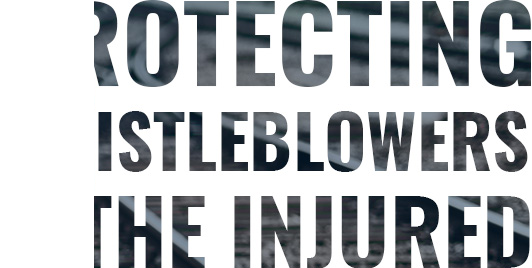It might shock some railroad workers to learn that they are not covered by Social Security. Instead, railroad workers receive federal retirement benefits through the Railroad Retirement Board (RRB). While the RRB is similar to Social Security, there are a few key distinctions between the programs. Most importantly, railroad workers fall into two tiers of benefits under the RRB.
Tier I
Tier I is extremely similar to Social Security. Railroad workers are eligible for most Tier I retirement benefits after 10 years of service, or after 5 years for workers starting after 1995. Like Social Security, Tier I includes the following benefits:
- Retirement benefits and annuities
- Spousal benefits
- Survivors benefits
- Disability benefits
Unlike Social Security, the RRB also offers an “occupational disability” benefit. This benefit assists disabled railroad workers who can still work in some capacity, but who cannot perform their normal railroad work. Railroad workers may also receive sickness and unemployment benefits through the RRB that Social Security does not offer.
Tier II
Tier II benefits are more like private pension plans. These benefits can be much more complex. Tier II benefits are determined based on the duration of employment, the worker’s average income and any cost of living increases. Current spouses and survivors can be eligible to receive these benefits as well.
Benefits for railroad workers are generally determined by duration of employment. However, each benefit can vary in requirements and limitations. As a railroad worker, it is important to understand your benefits as you prepare for retirement.

